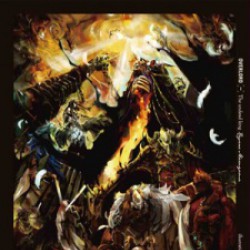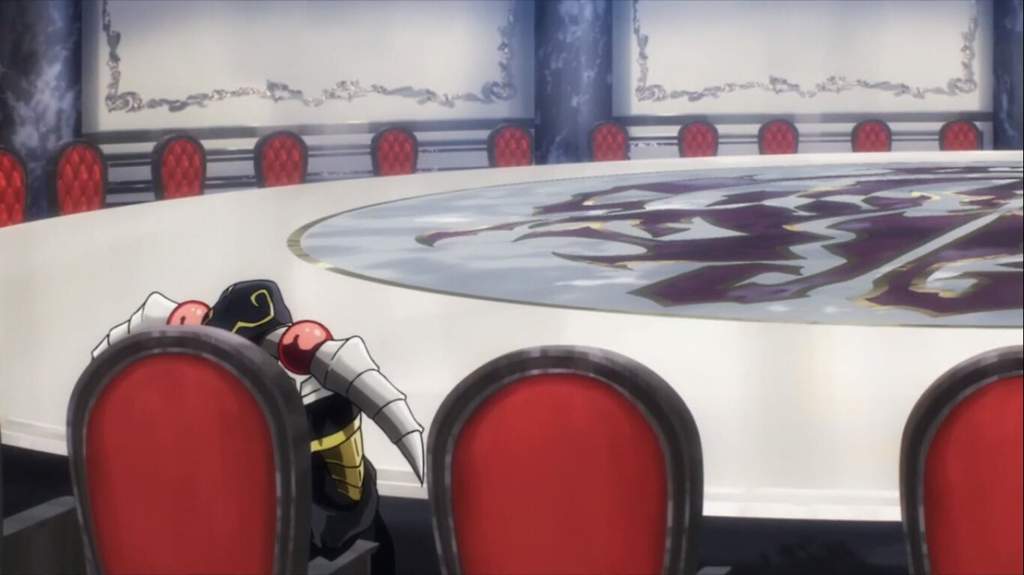

Ĭult cinema writer David Harkin suggests that "Overlord is a remarkable film, a quasi-docufiction championed by no less than The Imperial War Museum and the Ministry of Defence.Overlord is a perfect combination of startling documentary footage and a mournful and intimate portrayal of a soldier’s life in World War Two" "Overlord" was released as part of the Criterion Collection in 2007. In 2006, the film saw its first US release through Janus Films and in early 2008 a re-mastered edition was re-released in cinemas (on 1 February, with a launch at the Institute of Contemporary Arts) and on DVD (on 3 March) in Britain.
Overlord souschef tv#
Overlord originally failed to get US theatrical distribution and was only shown there in select screenings and on television (including a run on California's Z Channel in 1982, which was highlighted in the acclaimed 2004 TV documentary film Z Channel: A Magnificent Obsession). Alcott then applied a lighting style in keeping with the war photography". Alcott scoured England and found two sets of 19 German Goerz and Schneider lenses. Cooper said, "After Alcott examined, we decided to film Overlord on period lenses. Cooper and his cinematographer, John Alcott, tried to create a consistent look when filming the contemporary footage.


The rest is archival footage, from British training missions to the invasion and captured German film. Seventy per cent of Overlord is "live action" (newly shot footage), filmed in ten days. The Imperial War Museum and the Ministry of Defence assisted the production in many ways, from help with costumes and props to training actors and a flight by the last operational Lancaster bomber over Bristol. Once that was established, Hudson was able to dramatise some wonderful and totally original scenes extracted from diaries and letters of real servicemen.
Overlord souschef archive#
More research in the museum's document section - reading letters and unpublished diaries of ordinary soldiers who saw action in the first wave of D-Day - refined the concept.The film archive controlled what historical events our soldier's story would encompass. I spent approximately 3,000 hours in that dark cell between 19.It was during the archival research that I developed the idea of a dramatised feature film about an English soldier who sees his first action on D-Day, interweaving the archive footage to expand and tell the story. He wrote that after narrowing his selection, Cooper was told that it would take nine years to review all the footage in the collection, which included dangerous nitrate film stock. He originally intended to make a documentary about the Overlord Embroidery tapestry. In an 18 January 2008 article he wrote for The Guardian to coincide with the film's re-release, Stuart Cooper described at length the creation of this film.

This is Tom and the film follows this everyman through his call up to the East Yorkshire Regiment, his training, his meeting a young girl, his journey to France and his death on D-Day at Sword Beach. A blurry image of a soldier running, alone and falling, shot dead, dissolves to a man running down an English lane to his home. Cut to the interior of a landing craft on D-Day, filled with as yet unidentified characters, young soldiers. The film opens with footage taken by the victorious German Army following the Battle of France in 1940 and aerial shots, including Adolf Hitler surveying conquered territory from an aeroplane.


 0 kommentar(er)
0 kommentar(er)
